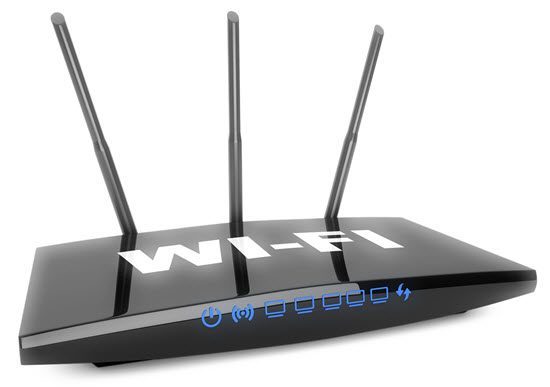What does it mean when someone says they have a wireless security system? Does it mean that there are no wires? Or, does it mean that you have to have internet for it to work? These are all really good questions and, on the surface, easy to answer. However, most people want to try and understand what it is they have installed or are getting ready to have installed in their home or small business.
Does a wireless security system have any wires?
The short answer is yes. At least one wire is required for every system on the market. This lonely wire is required to provide power to the central panel. Some wireless security systems have more than one, but they are typically used for inter-board communication. The door contacts, glass-breaks, smoke detectors, and whatever other sensors that are usually talked about are wireless. They operate on batteries and typically communicate with the central panel when the time comes when they need to be replaced.
Do I need internet for a wireless security system?
No. Most wireless security systems today have a cellular card in the main panel that communicates with the central station. This is very secure and reliable.
As far as the wireless sensors, they typically communicate via RF (radio frequency). There are several different frequencies in use. Manufacturers typically use different frequencies, or the sensors have proprietary communication standards that are all different. But, the underlying technology, RF, is the same across the board.
The catch is if you want cameras… MOST of the time internet is required for cameras. If you want cameras, you need internet. If there is a camera that you want to see on your phone or computer. It is best to have one that requires internet. Else, buyer beware.
Wireless vs. WiFi
Like I mentioned above, WiFi or internet is not required unless you want a camera. But what if you just want to control some lights or door locks alongside your wireless security system? These devices do NOT need internet to work. These are devices like smart door locks, light switches, energy meters, etc. The ones I like use an RF technology called Zigbee or Z-Wave. Both are wireless technologies that are very effective in short line of sight distances. While both have made extremely good progress in the recent years, they are nowhere near as robust as WiFi.
Z-wave and Zigbee create what is called a mesh network. What this means is that each device can act as a repeater for another device that may be too far away from the central panel.
Devices that use these wireless technologies can be door locks, light switches/dimmers, energy meters, water detectors, temperature sensors, the list goes on and on. As a rule, it is a good idea to map out a wireless security system prior to installation to make sure it will be reliable.
I have to note that Z-wave and Zigbee are very different and do not work with each other. You can have both, but they have each their own language and will not work together.
Mesh Network
Like I mentioned above. Z-wave and Zigbee create what is called a mesh network. This is where one device can act as a repeater for another device that may be too far away. But not all devices act as a repeater. The way you can tell is if the device is wireless or wired.
A wired device gets its power from a power supply. In the case of a light switch, the power supply is your breaker panel. A wireless device gets it power from batteries. If the device is wired for power, it can act as a repeater. If it gets its power from batteries, it cannot act as a repeater.
In the case of my house, I have a wireless door lock around the corner from my panel. But I have a smart dimmer that acts as a repeater to the panel. Therefore, the more devices the more robust your mesh network will be. The nice part is, all we have to do is install the devices strategically and they know how to configure the network.
Wireless technologies have come a long way in past few years. It is secure, reliable, and in the end can save a lot of money in the end. Contact me today to learn more about how to improve the safety, security, and comfort of your home with a wireless security system.
Mike


